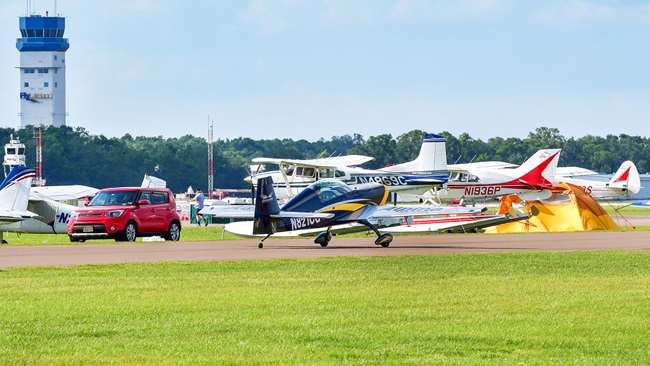IFR Fix: The 'NA at night' restriction
The aircraft’s engines had been heard running smoothly up to the point of contact with trees and terrain. A recent surface weather report had recorded 10 miles visibility, a 400-foot overcast, and a one-degree temperature-dew point spread. The overcast was lower and the visibility had dropped to one-and-three-quarters miles visibility when new weather was recorded 24 minutes later.
The preliminary finding of facts about the accident, which has yet to be assigned a probable cause, included the statement that “the minimum descent altitude for the RNAV (GPS) RWY 5 approach was 960 feet msl. According to the procedure notes section, “Procedure NA (not authorized) at night.’”
Not an uncommon restriction, as any instrument pilot who searches through the instrument approach procedures available at airports notices. The proscription frequently appears on approach plates as “NA at night.” The current version of the approach in use the day of the accident no longer carries that restriction; however, other elements of the approach remain not authorized, day or night, including circling southeast of Runway 5/23, and a limitation applicable to required navigation performance (RNP).
Many pilots inquire about the reasons for “NA at night” restrictions. In response, AOPA introduced an online fact sheet that explains how the FAA uses the restriction in conjunction with risk assessments and incentives for airports to mitigate risks and to enhance safety in cases where a minimum 20:1 approach slope to a runway has been penetrated by obstructions. A high-risk obstruction is one that penetrates the slope by 11 feet or more. Under the policy, between three and 11 feet the risk is medium; less than three feet, the risk is low. Check out the fact sheet to learn what actions follow in each case.
It’s a painstaking process to identify and quantify these slope penetration hazards. Don’t be misled by the terse “NA at night” note on your approach plate that they are anything less than a serious matter.



